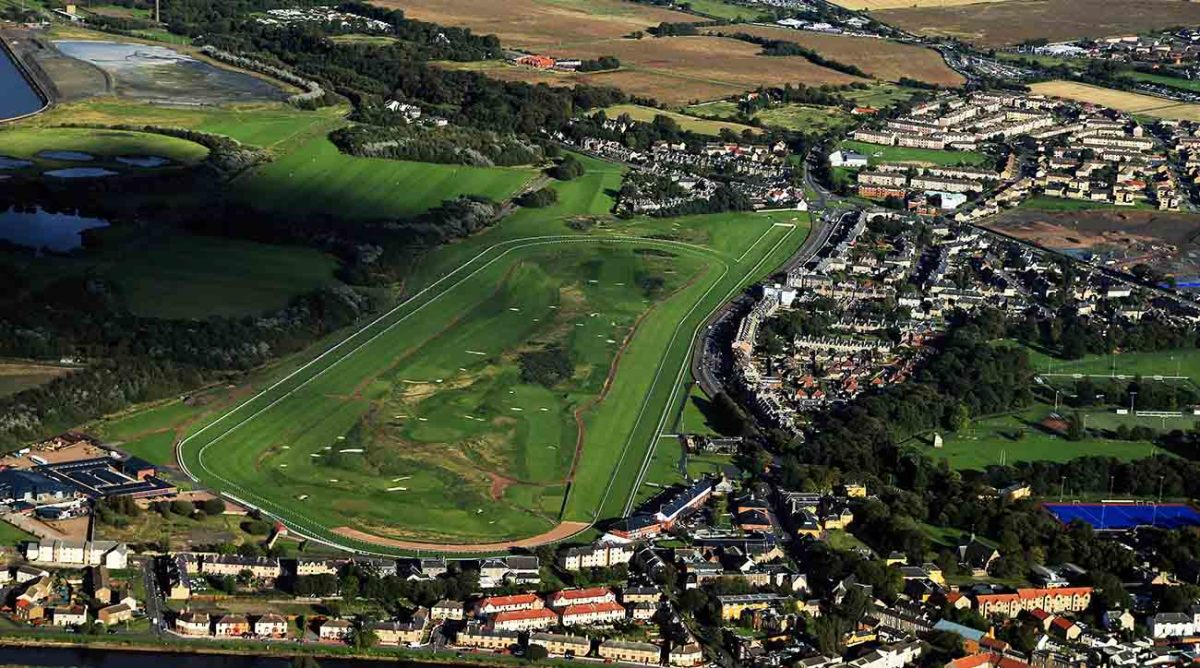A Visit to Musselburgh Old Course Is a Trip Into British Open History

More Weekly Read: Rory's Blessing and Curse | Paddy in the Ryder Cup? | A Taste of a Rollback | Fore! Things
If the people at Turnberry and Royal Lytham & St. Anne’s are upset about going so long without having hosted the British Open, how do you think the folks at the Musselburgh Old Course feel? The last time the course had the Open was in 1889!
In truth, there are no hard feelings. Not now. Probably not for at least 100 years.
But there was a time when the nine-hole layout in the East Lothian area of Scotland was mighty miffed that the R&A, Prestwick Golf Club and the Honourable Company of Edinburgh Golfers decided to move the championship several miles down the road to a place called Muirfield.
While in the area for the Genesis Scottish Open at the Renaissance Club, it seemed a good idea to visit what the Guinness World Book of Records once dubbed the oldest golf course in the world (it celebrated its 350th anniversary last year) and the host to six Open Championships some 40 years prior a place called Augusta National was even conceived.
Alan Tweedie, the club's secretary, gave a tour of the clubhouse across the street that serves as a mini-museum to all things Musselburgh and the Opens played there. The club has 137 members and visitors are welcome—and also encouraged to play the course with hickory clubs more suitable to the era.

What makes the links unique is the horse racing track that surrounds the layout, still in virtually the same routing as it was 130 years ago but with what is now the first hole—a 240-yard par-3—having been the final hole back then.
It was part of an original rotation of three courses that saw Prestwick—which held the first 12 Opens starting in 1860—St. Andrews and Musselburgh host the tournament throughout the 1870s and 1880s.
Musselburgh had its first Open in 1874, followed by 1877, 1880, 1883, 1886 and 1889. Willie Park Jr. won the last Open played there before it moved to Muirfield in 1892.
When it was played at Musselburgh, the nine-hole configuration was played four times in one day for a 36-hole event. Prestwick had a 12-hole course which was played three times over two days for a 36-hole event. St. Andrews, originally 22 holes, was pared down to 18 by designer and four-time Open winner Tom Morris Sr. to get with the 18-hole idea.
Harold Hilton won the first Open at Muirfield, which also happened to be the first time it was played over 72 holes.
Still stung by the defection, Musselburgh decided to have its own tournament called the Musselburgh Open with a larger purse, leading to tension between both parties until it was decided the Musselburgh event would be played the week prior to the Open.
That angst long ago subsided and now Musselburgh maintains with pride its place in history. The Open has been played over just 14 venues, four of which are no longer in use: Musselburgh and Prestwick in Scotland as well as Royal Cinque Ports and Prince's—both just down the road from Royal St. George's—in England.
But the 10 in the so-called rota today can also go a long time between Opens.
Turnberry has not held the championship since Stewart Cink’s playoff victory in 2009. Royal Lytham last had it in 2012 when Ernie Els was the winner. And a year later, Muirfield saw its last Open when Phil Mickelson hoisted the Claret Jug.
Since that time, Royal Liverpool will host the Open for a second time this week. St. Andrews had the Open for the second time last year. Next year, Troon will have it for a second time. Carnoustie, Royal Portrush and Royal St. George’s got another run as well.
Next year, Troon returns, followed by Royal Portrush and then Royal Birkdale, which will also get its second Open since Turnberry, Lytham and Muirfield last had one.
The R&A rarely goes more than two years with an Open outside of Scotland so that suggests a return to the north in 2027. Could it be Muirfield for the first time in 14 years? Possibly. But St. Andrews also makes sense, as it would get it back on a five-year cycle.
Meanwhile, Musselburgh carries on within a stretch of some of Scotland’s greatest golf. Muirfield, Gullane and North Berwick are just three of the others that have their own history, just not quite as deep as the one with the race track surrounding it.
And perhaps it is a reason for the R&A or even the Honourable Company of Edinburgh Golfers—whose home all those years ago was at Musselburgh—to invest in its past by helping to persevere artifacts and restoring any areas of the course to the way they were 150 years ago. It’s a cool part of the game’s history.
